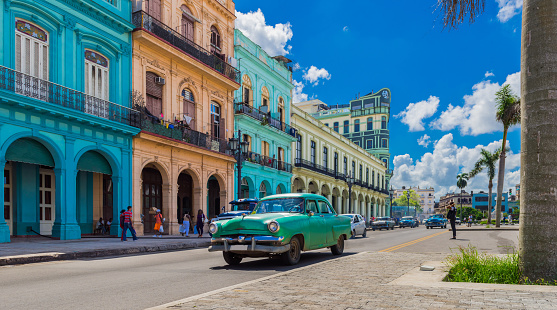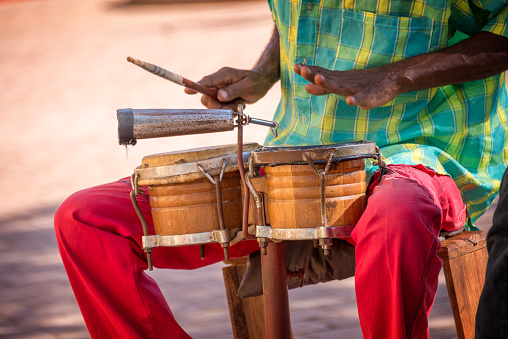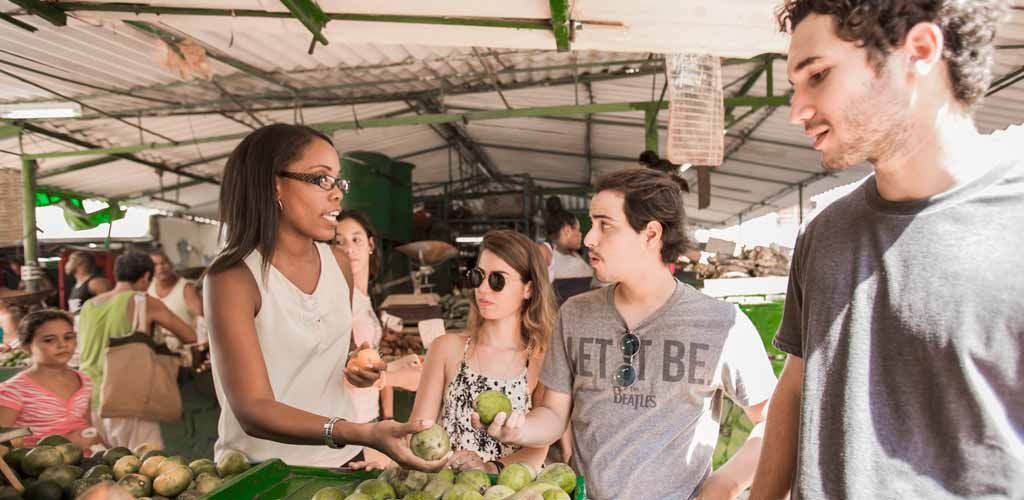
The culture of Cuba is a complex mixture of different, often contradicting, factors and influences. The Cuban people and their customs are based on European, African and Amerindian influences. As a former colony of Spain, Cuba uses the Spanish language. After the Cuban Revolution, the term compañero/compañera, meaning “comrade”, came to gradually replace the traditional señor/señora as the universal polite title of address for strangers. A significant number of Afro-Cubans as well as biracial Cubans speak Haitian Creole. Haitian Creole is the second-most spoken language as well as a recognized one in Cuba, with approximately 300,000 speakers – about 4% of the population. (Haiti was a French colony – Saint-Domingue – from the early 17th century, and the final years of the 1791–1804 Haitian Revolution brought a wave of French settlers fleeing with their Haitian slaves to Cuba.)
Many words from Cuban Amerindian languages have entered common usage in both Spanish and English, such as the Taíno words canoa, tobacco and huracán. Some of the place names are Indian, such as Guanabacoa and Guanajay.

Cuban literature began to develop its own style in the early 19th century. The major works published in Cuba during that time dealt with issues of colonialism, slavery and the mixing of races in a creole society. Notable writers of this genre include Gertrudis Gómez de Avellaneda, and Cirilo Villaverde, whose novel Cecilia Valdés was a landmark. Following the abolition of slavery in 1886, the focus of Cuban literature shifted to themes of independence and freedom as exemplified by José Martí, who led the modernista movement in Latin American literature. The poet Nicolás Guillén’s famous Motivos del son focused on the interplay between races. Others like Dulce María Loynaz, José Lezama Lima and Alejo Carpentier dealt with more personal or universal issues. And a few more, such as Reinaldo Arenas and Guillermo Cabrera Infante, earned international recognition in the postrevolutionary era.
Barclay Language Center

Barclay Languages is a private centre located in the heart of Central Havana that specialises in Spanish classes, lessons and courses that ignite an interest in learning and immerse you into the incredible time forgotten city of Havana. Our philosophy is simply – it is give our students the confidence to communicate, it is this communication focus that means our students learn Spanish faster, have more fun and most importantly can interact with native Cubans and Latinos, some of the friendliest and more outgoing people on the planet.


